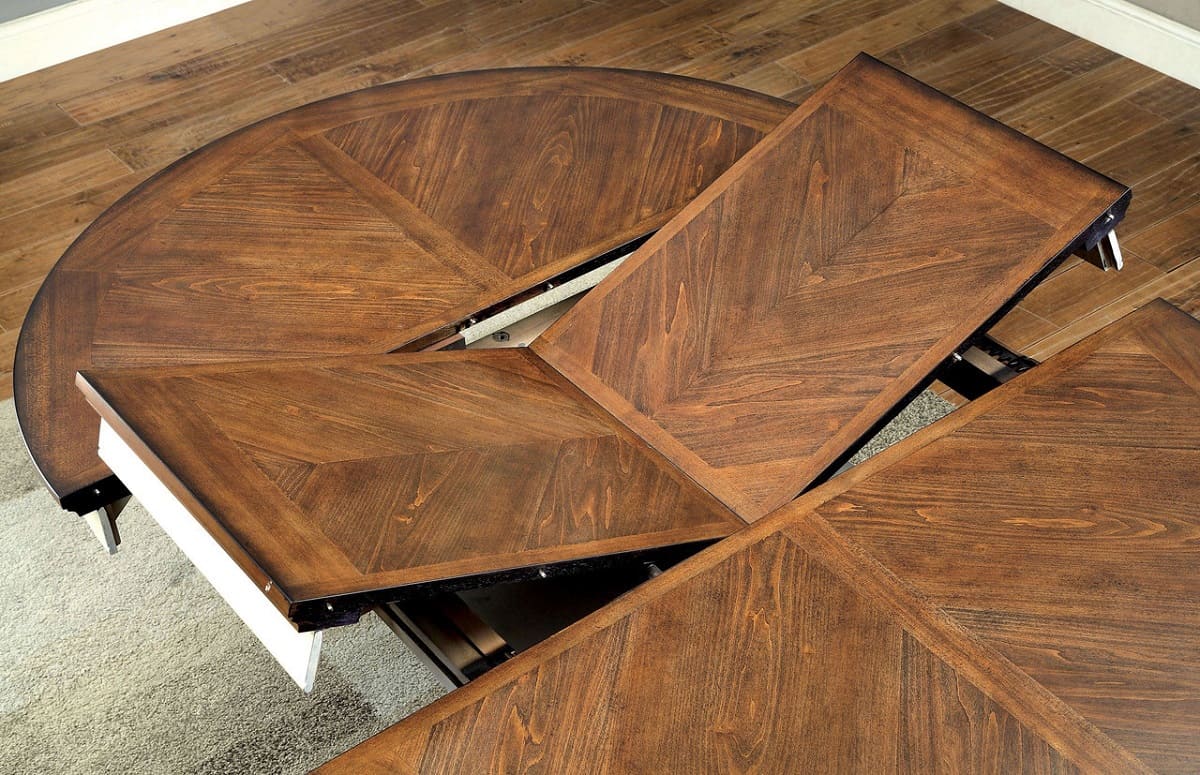

Tableware
What Is A Dining Table Leaf?
Modified: December 7, 2023
Discover the benefits of a dining table leaf for your tableware needs. Expand your dining space and accommodate more guests with this versatile table accessory.
(Many of the links in this article redirect to a specific reviewed product. Your purchase of these products through affiliate links helps to generate commission for Storables.com, at no extra cost. Learn more)
Introduction
Welcome to the world of tableware, where functionality meets aesthetics. A dining table is not just a piece of furniture; it is a centerpiece that brings people together to share meals, conversations, and create lifelong memories.
When it comes to dining tables, one feature that often comes up in conversations is the dining table leaf. If you’ve ever wondered what a dining table leaf is and how it enhances your dining experience, you’ve come to the right place. In this article, we will explore the definition, purpose, benefits, types, installation process, and maintenance of dining table leaves. So, let’s dive in!
Key Takeaways:
- Dining table leaves provide flexibility, accommodate more guests, and enhance the visual appeal of your dining experience. They offer versatility, convenience, and value, making them a valuable addition to any dining space.
- Understanding the purpose, benefits, types, installation, and maintenance of dining table leaves empowers you to make the most of this versatile feature. Embrace the possibilities and create memorable dining experiences with extended seating capacity and aesthetic appeal.
Read more: What Is A Dining Table Leaf
Definition of a Dining Table Leaf
A dining table leaf, also commonly known as a table extension leaf or table extender, is an additional section or panel that can be inserted into the middle of a dining table to increase its length. It is typically made of the same material as the table’s surface, whether it be wood, glass, or another material, ensuring a seamless and cohesive look.
Dining table leaves are designed to seamlessly extend the table’s surface to accommodate more guests. They are usually stored separately when not in use and can be easily added or removed as needed. By expanding the table’s size, dining table leaves provide flexibility and versatility, allowing you to adjust the table’s capacity to meet your specific dining needs.
The length of a dining table leaf varies based on the design and manufacturer but is typically between 12 to 24 inches. Some dining tables even come with multiple leaves, allowing for even more extension possibilities.
It’s important to note that not all dining tables are equipped with extendable leaves. Some dining tables have a fixed length and cannot be extended, so it’s essential to check the specifications or consult with the manufacturer before assuming a dining table has a leaf mechanism.
Now that we have a clear understanding of what a dining table leaf is, let’s explore its purpose and the benefits it brings to your dining experience.
Purpose of a Dining Table Leaf
The primary purpose of a dining table leaf is to provide flexibility in seating arrangements and accommodate a larger number of guests. With a dining table leaf, you can easily extend the length of your table, creating additional space for friends, family, and guests to join you for meals and celebrations.
Imagine hosting a dinner party and realizing that your dining table is not large enough to accommodate everyone comfortably. This is where the dining table leaf comes to the rescue. By adding the leaf to your table, you can instantly create more seating space, ensuring that everyone has a place at the table and can enjoy mealtime together.
Furthermore, dining table leaves are particularly useful for special occasions and festive gatherings. Whether it’s a holiday feast, a birthday celebration, or a family reunion, these events often involve a larger number of people. The ability to extend the table with a leaf allows you to host these occasions with ease, promoting a sense of togetherness and creating cherished memories.
In addition to accommodating more guests, a dining table leaf also allows for more generous table settings. With extra table space, you can display a wider variety of dishes, centerpieces, and decorations, enhancing the overall visual appeal of the dining experience.
Moreover, dining table leaves can be a practical solution for smaller spaces where a full-size dining table may not fit on a day-to-day basis. By utilizing a leaf, you can enjoy the benefits of a larger table when needed, while still maintaining a compact and space-efficient arrangement when the leaf is not in use.
Overall, the purpose of a dining table leaf is to provide flexibility and adaptability to meet your changing dining needs. Whether you have a small family gathering or a grand dinner party, a dining table leaf ensures that everyone can gather around the table comfortably, fostering a warm and inviting atmosphere.
Next, let’s explore the various benefits of using a dining table leaf in more detail.
Benefits of Using a Dining Table Leaf
Using a dining table leaf offers a range of benefits that enhance both the functionality and aesthetics of your dining experience. Let’s take a closer look at some of the key advantages:
- Flexibility in seating: The most obvious benefit of a dining table leaf is the ability to accommodate more guests. Whether it’s a sudden gathering or a planned event, you can easily extend the table and create additional seating space. This ensures that everyone can sit together comfortably, promoting a sense of inclusiveness and togetherness.
- Versatility in table size: Dining table leaves provide the flexibility to adjust the table’s size based on your specific needs. If you have a smaller family and prefer a more intimate setting on a daily basis, you can use the table without the leaf. However, when you have guests or need a larger dining surface, simply insert the leaf to instantly expand the table’s length.
- Enhanced aesthetics: A dining table leaf seamlessly blends with the rest of the table’s surface, ensuring a cohesive look. This means that when the leaf is inserted, it appears as if it’s part of the original design and not an additional attachment. This attention to detail enhances the overall aesthetics of your dining table, elevating its visual appeal.
- Convenience and ease of use: Dining table leaves are designed to be user-friendly. They can be easily added or removed, typically with a smooth sliding or locking mechanism. This means that you can effortlessly adjust the table size without any hassle or complications, saving both time and effort.
- Space-efficient storage: When not in use, dining table leaves can be conveniently stored separately. Many dining tables come with dedicated storage compartments or bags to keep the leaves protected and well-organized. This space-efficient storage solution ensures that your dining table remains clutter-free and allows for easy access whenever you need to extend the table.
- Value and resale: Dining tables equipped with leaves often hold more value in the market compared to fixed-size tables. The ability to extend the table’s length adds appeal to potential buyers, making it a desirable feature for those who value flexibility and versatility in dining furniture. If you ever decide to sell or upgrade your dining table in the future, having a leaf can be a selling point.
- Functionality beyond dining: While dining table leaves are primarily used for expanding the table’s surface during meals, they can also serve other purposes. When not in use, the leaf can be repurposed as an additional workspace, a serving area for buffet-style gatherings, or even a temporary display surface for decorations or plants.
These benefits make a dining table leaf a valuable addition to your dining space, offering convenience, flexibility, and an enhanced dining experience. Next, let’s explore the different types of dining table leaves available in the market.
A dining table leaf is an additional section of the table that can be added to extend its length, allowing for more seating. When not in use, the leaf can be removed for a smaller footprint.
Different Types of Dining Table Leaves
When it comes to dining table leaves, there are various types available, each with its own unique characteristics and mechanisms. Let’s explore some of the most common types:
- Drop-leaf: A drop-leaf dining table is a versatile option that features hinged leaves that can be raised or lowered as needed. The leaves are typically attached to the sides of the table and can be folded down when not in use, saving space. This type of dining table leaf is particularly popular in smaller dining areas or apartments where space optimization is essential.
- Butterfly leaf: The butterfly leaf gets its name from the way it opens up. When not in use, the leaf is stored inside the table, folded and hidden under the table surface. To extend the table, you simply unlock and unfold the leaf, which opens up like the wings of a butterfly. This type of leaf mechanism is known for its efficiency and ease of use.
- Removable leaf: A removable leaf, as the name suggests, is a separate panel that can be detached from the table when not in use. It is commonly inserted into the middle of the table and secured with mechanical fasteners or locks. Removable leaves offer maximum flexibility as they can be easily added, removed, or even replaced with different-sized leaves to accommodate varying group sizes.
- Slide-out leaf: Some dining tables feature a slide-out leaf mechanism, where the leaf is stored underneath the table and can be easily pulled out when needed. This type of leaf is often attached to metal glides or tracks, allowing for smooth and seamless extension. Slide-out leaves are appreciated for their convenience and simplicity in adding extra tabletop space.
- Tabletop extension: In certain dining tables, the entire tabletop can be extended rather than using a separate leaf panel. This mechanism involves sliding the two halves of the table apart to unveil additional hidden sections or panels that align with the rest of the table surface. This type of extension provides a more uniform and continuous tabletop surface.
These are just a few examples of the different types of dining table leaves available. Each type offers its own advantages and may be more suitable for different dining spaces, design preferences, and individual needs.
Next, let’s explore how to install and remove a dining table leaf to make the most of its functionality.
Read more: What Is A Butterfly Leaf Dining Table
How to Install and Remove a Dining Table Leaf
Installing and removing a dining table leaf can vary depending on the specific mechanism and design of your table. However, the following steps provide a general guideline that applies to many types of dining table leaves:
- Gather the necessary tools: Before starting, make sure you have any tools that may be required, such as a screwdriver or wrench. Check the manufacturer’s instructions or the table’s user manual to determine if any specific tools are needed.
- Clear the table: Remove any items from the table’s surface to ensure a clear and unobstructed area for inserting the leaf.
- Locate the leaf storage area: Determine where the dining table leaf is stored when not in use. This can be a dedicated compartment under the table or a separate storage space nearby.
- Unlock or release the leaf: Depending on the type of mechanism your table has, look for any locks, latches, or release buttons that secure the leaf. Follow the instructions provided by the manufacturer to unlock or release the leaf.
- Inspect the leaf: Before inserting the leaf, inspect it for any dirt or debris that may have accumulated while in storage. Wipe it clean with a soft, damp cloth if necessary.
- Align and insert the leaf: Carefully align the leaf with the table’s center and gently insert it into the designated slot or mechanism. The leaf should fit securely and evenly with the rest of the tabletop surface.
- Lock or secure the leaf: Once the leaf is fully inserted, engage any locks or fasteners to secure it in place. This will ensure that the leaf remains stable during use.
- Test stability: Gently press down on the leaf to check its stability. It should feel sturdy and firmly connected to the table. If any wobbling or instability is noticed, double-check the installation and make any necessary adjustments.
- Enjoy the extended table: With the leaf successfully installed, you can now enjoy the extended dining table and accommodate more guests for your meals and gatherings.
To remove the dining table leaf, simply follow the steps in reverse order. Unlock or release any locks, latches, or fasteners, gently lift the leaf out of the table’s slot, and carefully store it back in its designated storage area.
It’s worth noting that these steps are general guidelines, and it is important to refer to the specific instructions provided by the manufacturer for your particular dining table leaf mechanism. Following the proper installation and removal procedures will ensure the longevity of your dining table leaf and maintain its functionality over time.
Now that you know how to install and remove a dining table leaf, let’s explore some tips for maintaining and caring for it.
Maintenance and Care of a Dining Table Leaf
Proper maintenance and care of your dining table leaf will help prolong its lifespan and ensure its continued functionality. Here are some essential tips to keep in mind:
- Keep it clean: Regularly clean the dining table leaf to remove any dust, spills, or food particles. Use a soft, damp cloth to gently wipe the surface, ensuring that it is dry before storing it back in its designated area.
- Avoid direct sunlight: Keep the dining table leaf away from direct sunlight as prolonged exposure to UV rays can cause fading or discoloration of the surface. If your dining area receives a lot of natural light, consider using curtains or blinds to shield the table from direct sunlight.
- Protect the surface: When using the dining table leaf, use tablecloths, placemats, or heat-resistant trivets to protect the surface from scratches, heat, and spills. This will help prevent any damage and preserve the appearance of the leaf.
- Store it properly: When the dining table leaf is not in use, store it in its designated storage area. Ensure that the storage compartment or bag is clean and free from any moisture, as this can lead to mold or mildew growth. Avoid stacking heavy objects on top of the leaf to prevent any unnecessary pressure or strain.
- Avoid extreme temperature and humidity: Maintain a stable environment for the dining table leaf by avoiding extreme temperature changes and high humidity levels. Fluctuations in temperature and humidity can cause the wood to expand or contract, leading to warping or damage. Use a humidifier or dehumidifier if necessary to maintain optimal conditions.
- Inspect for damage: Periodically inspect the dining table leaf for any signs of damage, such as cracks, loose connections, or wear and tear. Address any issues promptly to prevent them from worsening or compromising the functionality of the leaf.
- Follow manufacturer’s guidelines: It is important to follow any specific care instructions provided by the manufacturer. Different materials and finishes may require specific cleaning products or treatments, so refer to the manufacturer’s guidelines to ensure proper care for your dining table leaf.
- Professional servicing when needed: If your dining table leaf requires repair or refinishing, it is best to seek professional assistance. They have the expertise and tools necessary to handle any repairs or restoration properly, ensuring the longevity and quality of your dining table leaf.
By following these maintenance and care tips, you can ensure that your dining table leaf remains in excellent condition and continues to serve its purpose for years to come.
Now that you have a comprehensive understanding of dining table leaves, their purpose, benefits, installation, and maintenance, you are well-equipped to make the most of this versatile feature in your dining space. Whether it’s hosting elaborate dinner parties or creating memories with loved ones, the dining table leaf adds an element of flexibility and functionality to enhance your dining experience.
Remember to consult the manufacturer’s instructions and guidelines specific to your dining table leaf to ensure proper usage and care. Enjoy the extended seating capacity, aesthetic appeal, and convenience that a dining table leaf brings to your home!
For more information on tableware and other aspects of dining, be sure to explore our website and discover a world of inspiration for your dining experience.
Note: This article is for informational purposes only and does not constitute professional advice. Consult the manufacturer’s instructions and guidelines specific to your dining table leaf for proper usage and care.
Conclusion
A dining table leaf is a valuable addition to any dining space, providing flexibility, versatility, and enhanced aesthetics. By effortlessly extending the length of your dining table, a leaf allows you to accommodate more guests, create a welcoming atmosphere, and elevate your dining experience.
We explored the definition of a dining table leaf and discovered its purpose in providing additional seating and space for special occasions and everyday use. The benefits of using a dining table leaf include flexibility in seating arrangements, versatility in table size, enhanced aesthetics, and space-efficient storage.
We also discussed the different types of dining table leaves, such as drop-leaf, butterfly leaf, removable leaf, slide-out leaf, and tabletop extension. Each type has its own unique mechanism and advantages, catering to various dining spaces and individual preferences.
Learning how to install and remove a dining table leaf is essential to maximizing its functionality. By following the manufacturer’s instructions and taking proper care, you can ensure smooth insertion and removal while maintaining the stability and longevity of the leaf.
Maintenance and care of a dining table leaf involve regular cleaning, protection from direct sunlight, using tablecloths or placemats, proper storage, and avoiding extreme temperature and humidity conditions. By implementing these measures, you can preserve the appearance and functionality of your dining table leaf for years to come.
In conclusion, a dining table leaf is a practical and stylish feature that adds versatility to your dining space. Whether you’re hosting intimate dinners or large gatherings, a dining table leaf allows you to adapt and create memorable dining experiences. So, make the most of this valuable addition and enjoy the benefits it brings to your home.
Remember to refer to the manufacturer’s instructions and guidelines for your specific dining table leaf to ensure proper usage and care. Now go ahead and embrace the possibilities that a dining table leaf offers, and create wonderful memories around your extended dining table!
Note: This article is for informational purposes only and does not constitute professional advice. Consult the manufacturer’s instructions and guidelines specific to your dining table leaf for proper usage and care.
Frequently Asked Questions about What Is A Dining Table Leaf?
Was this page helpful?
At Storables.com, we guarantee accurate and reliable information. Our content, validated by Expert Board Contributors, is crafted following stringent Editorial Policies. We're committed to providing you with well-researched, expert-backed insights for all your informational needs.
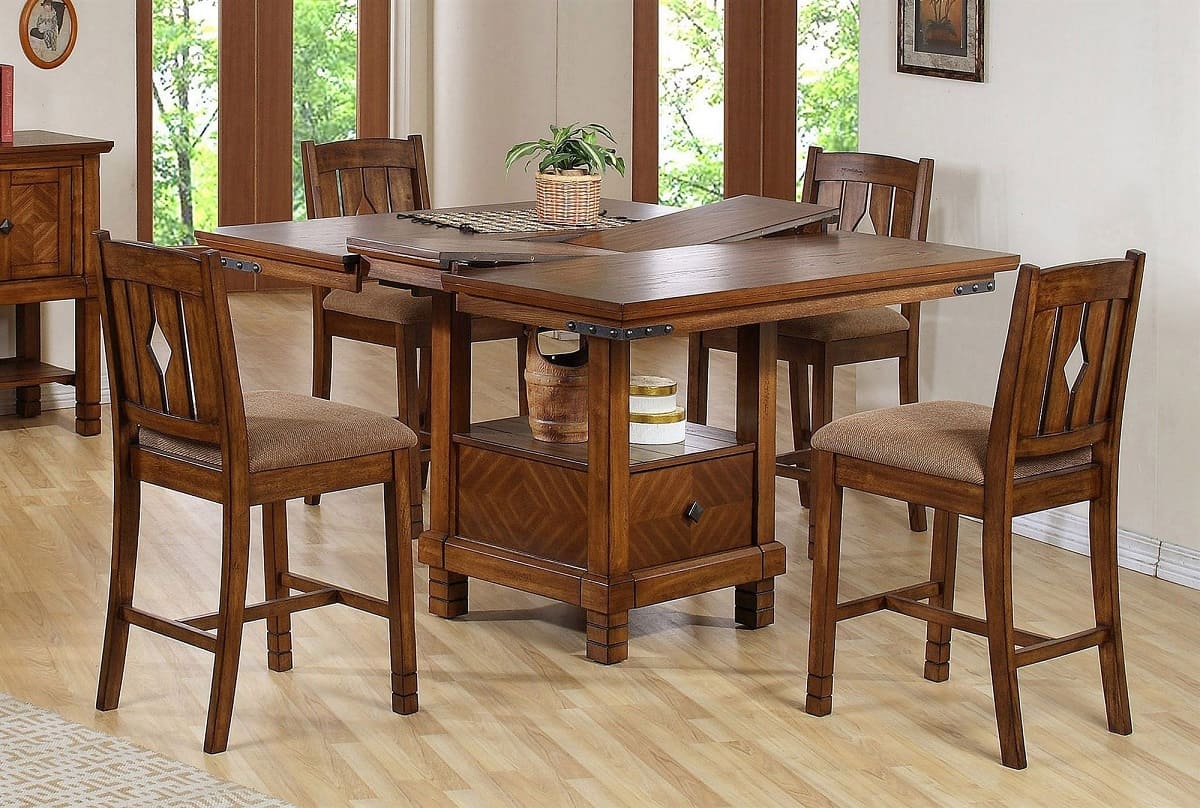
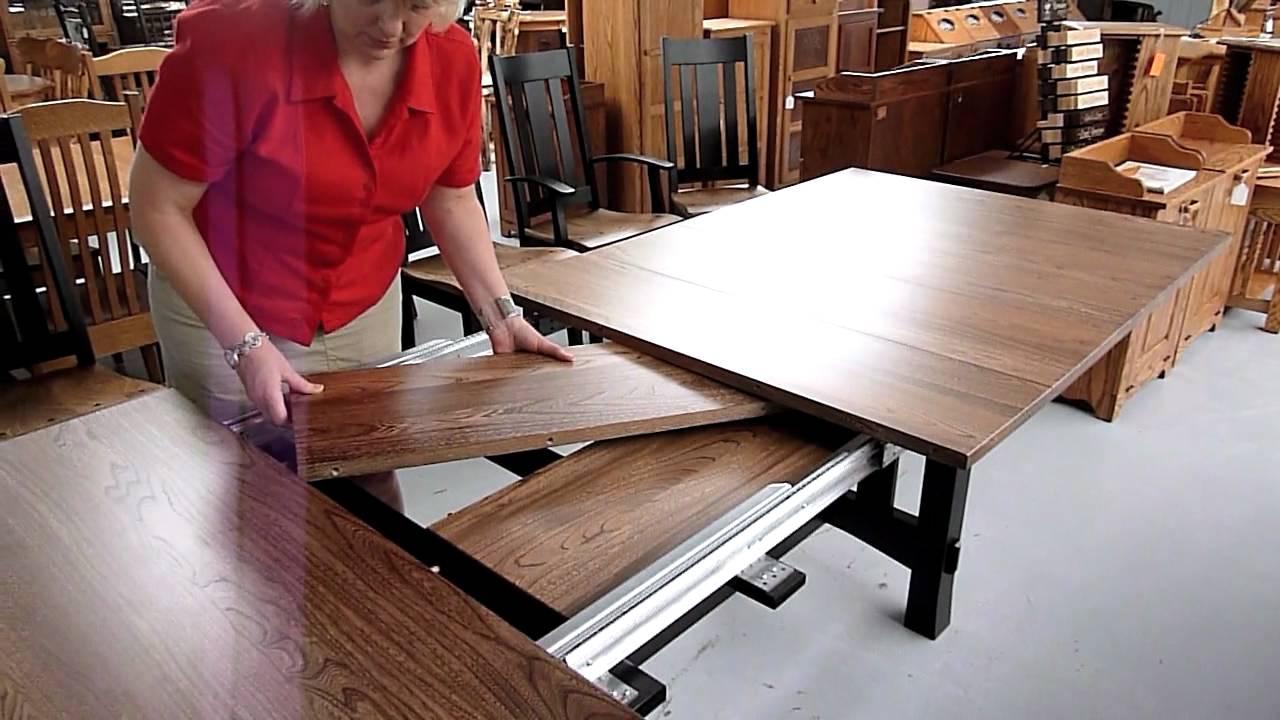
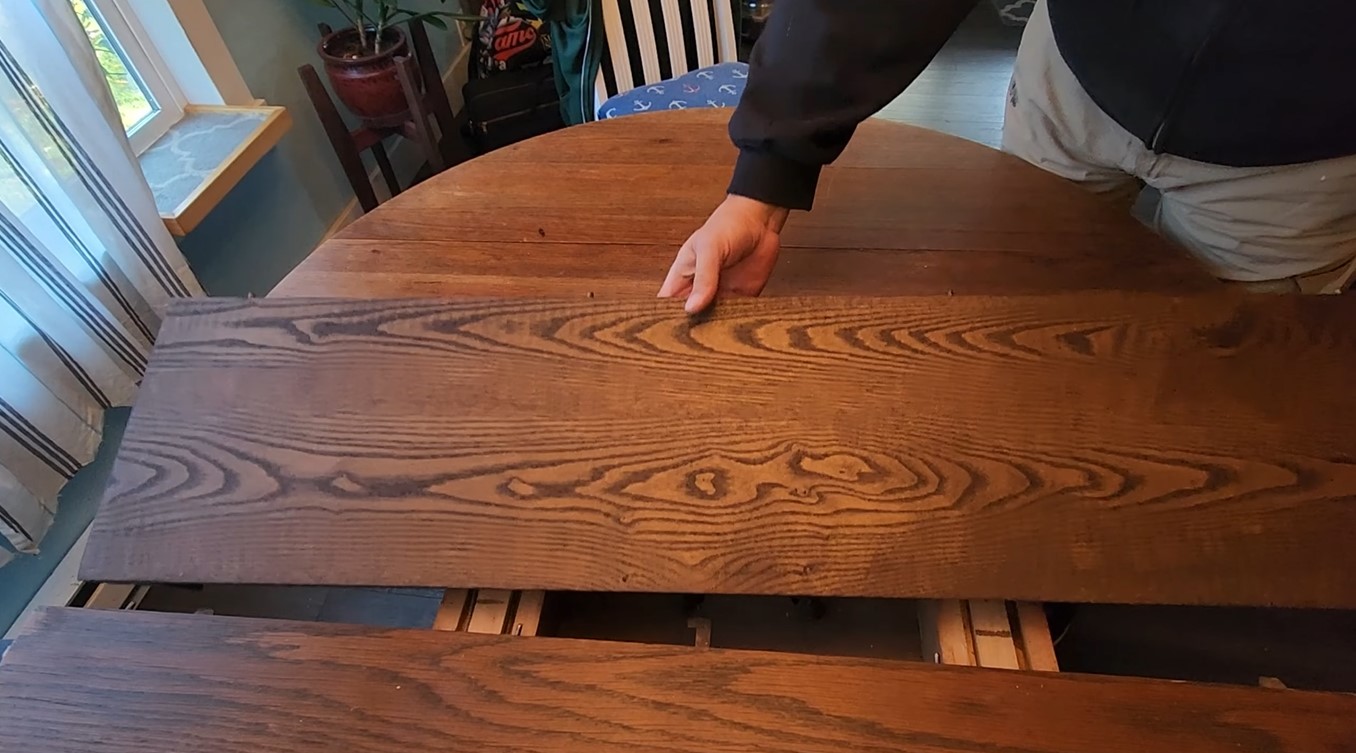
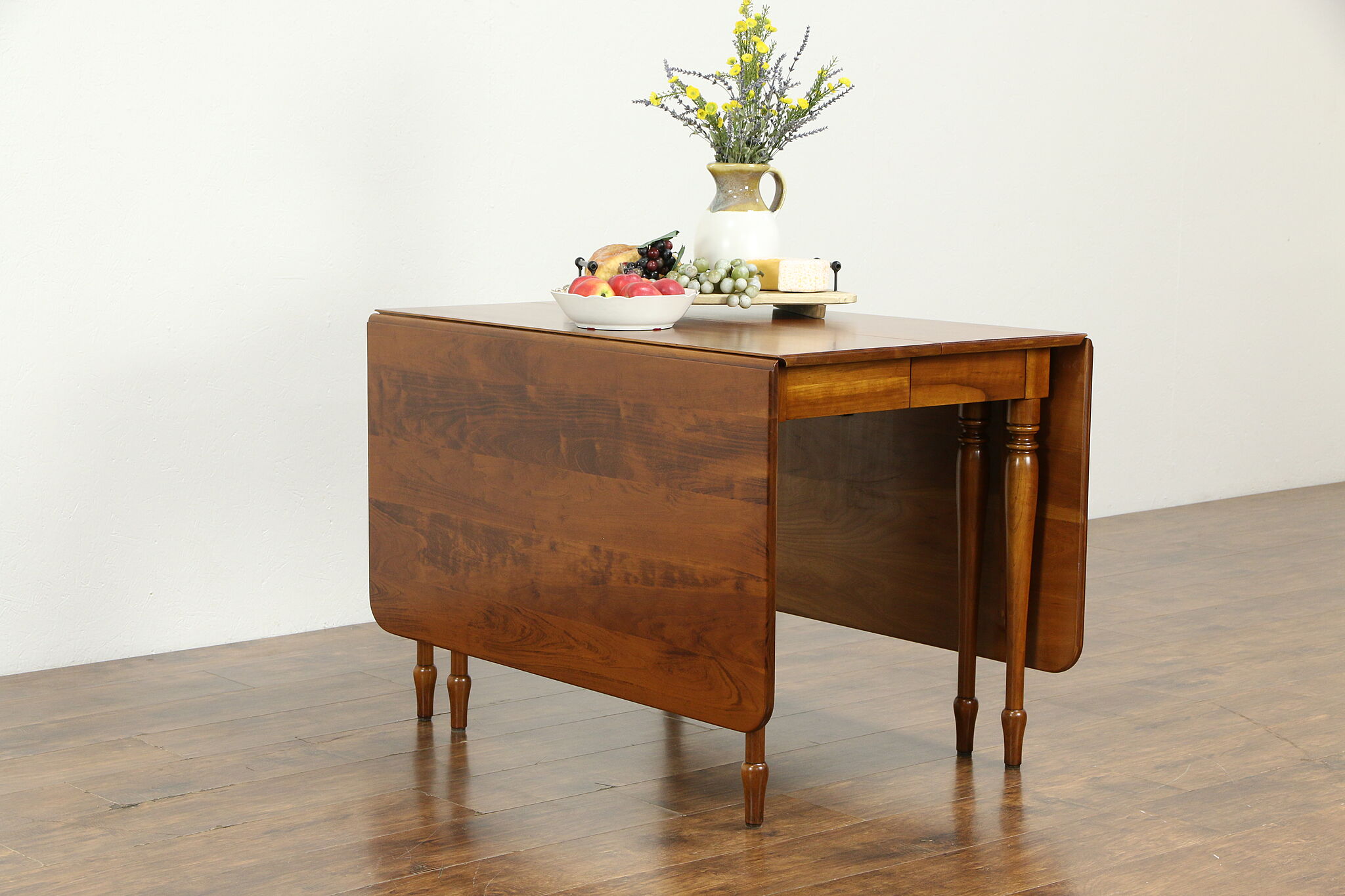

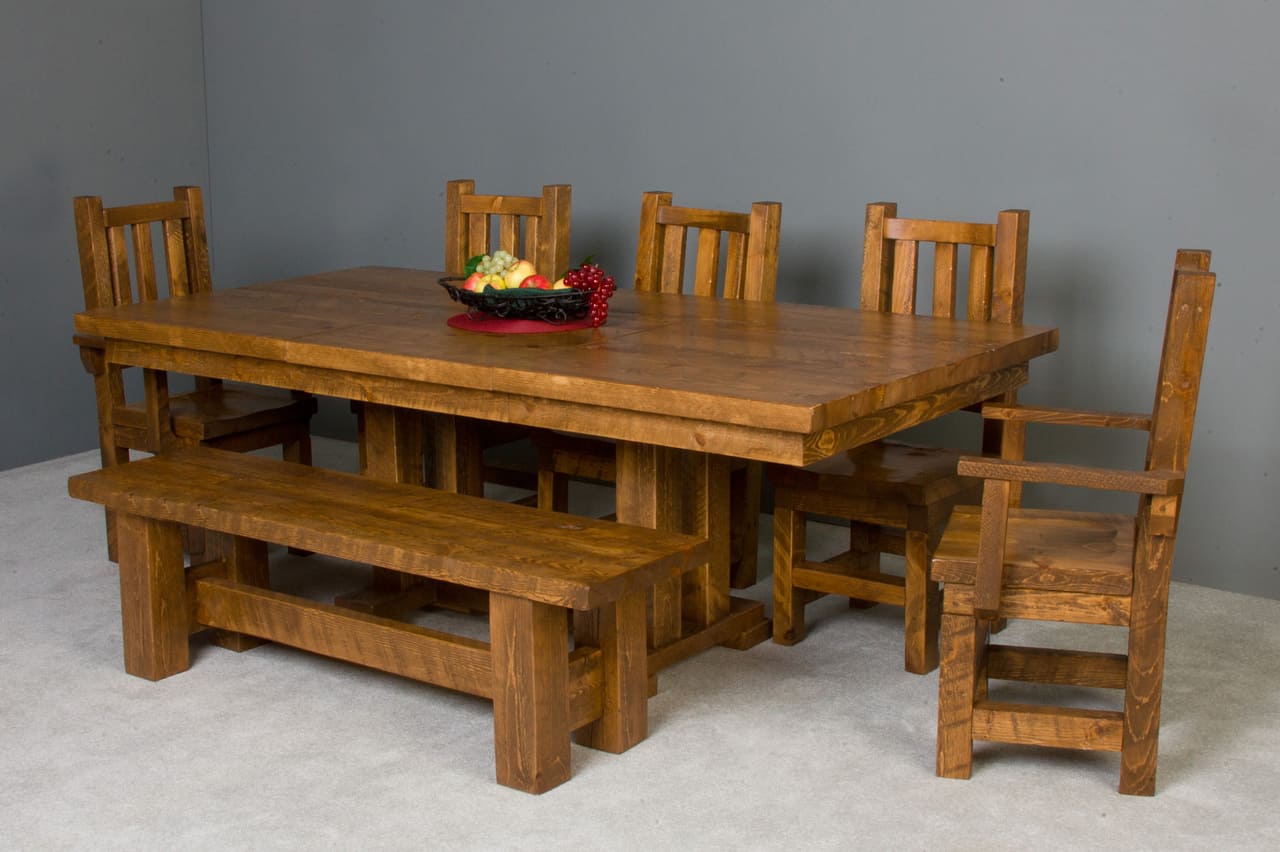
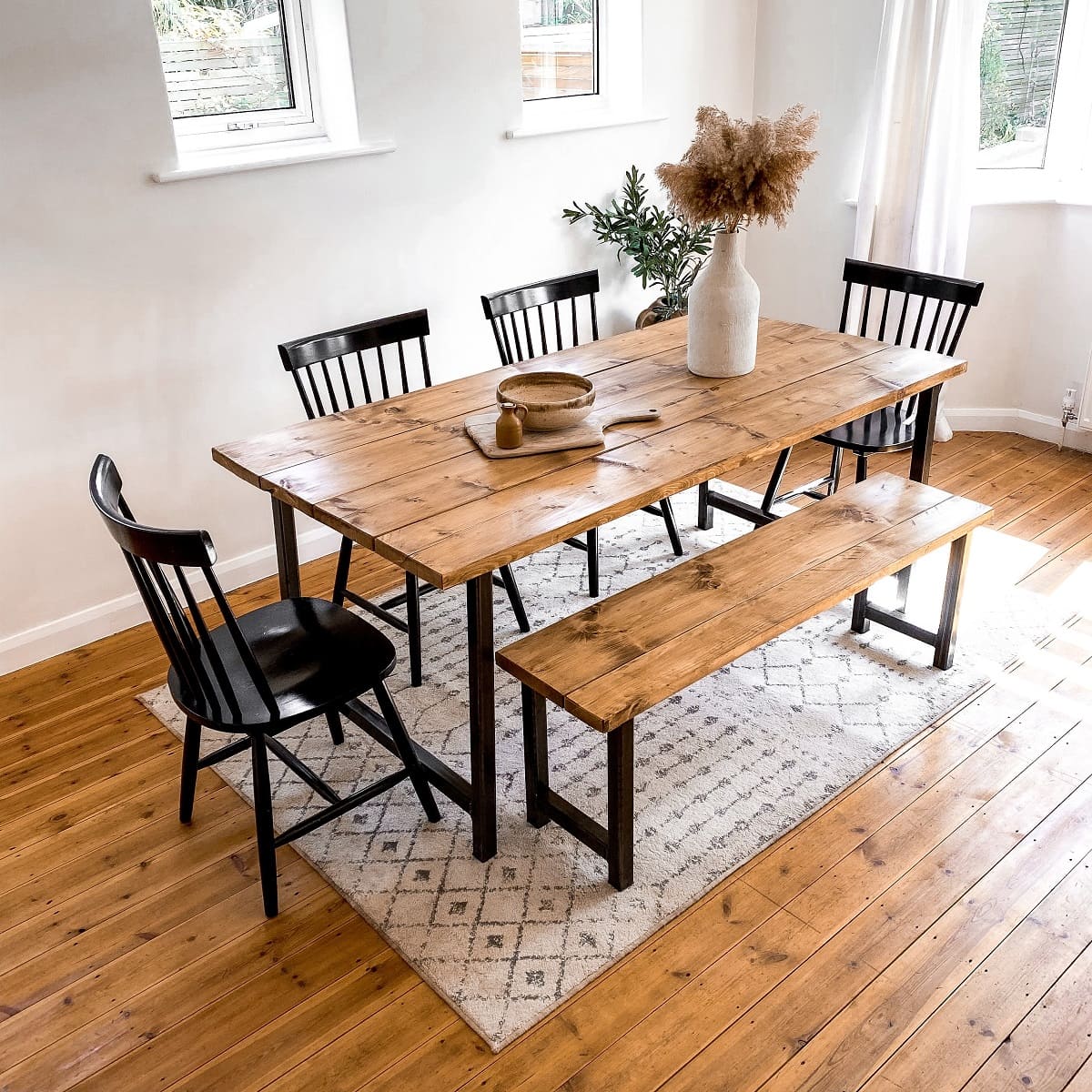
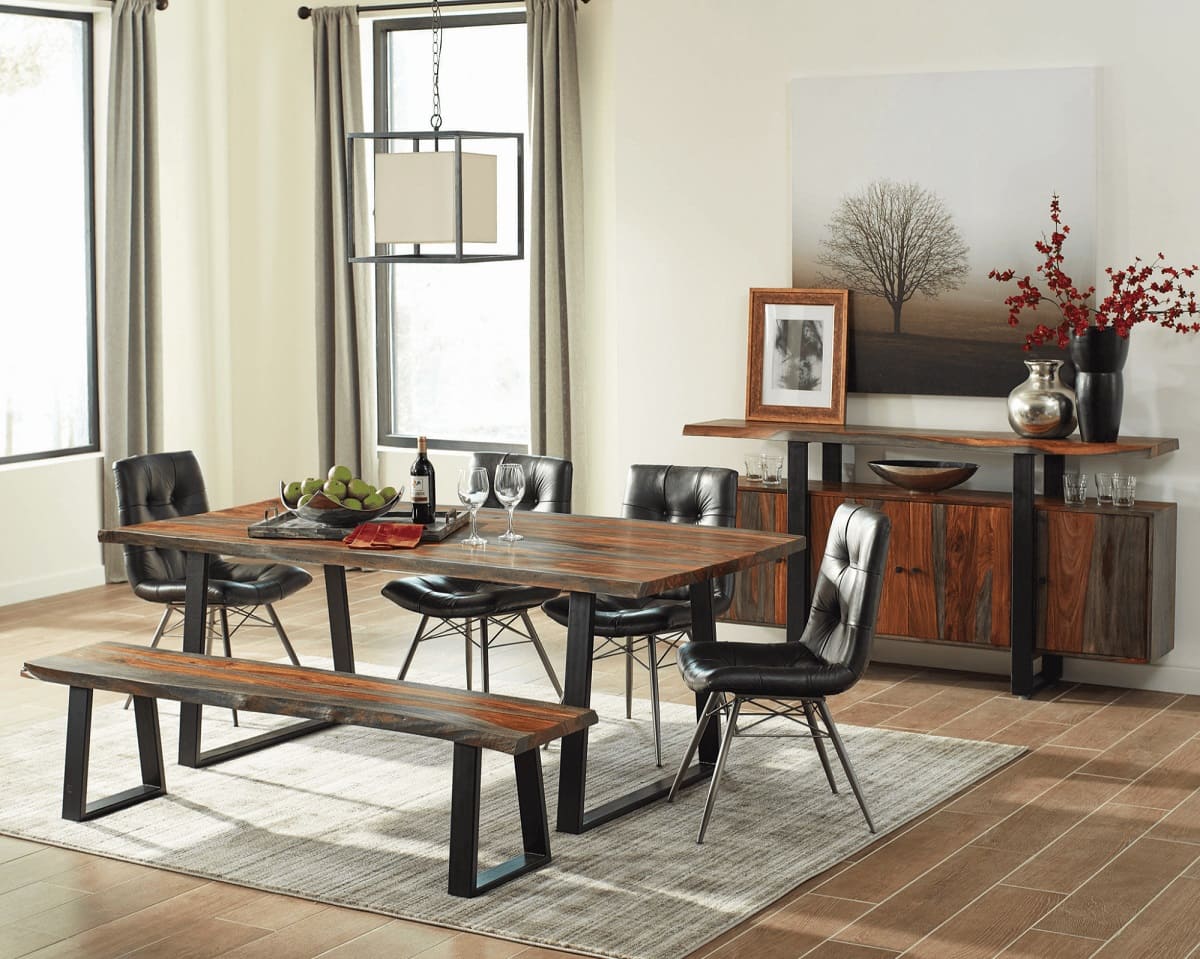
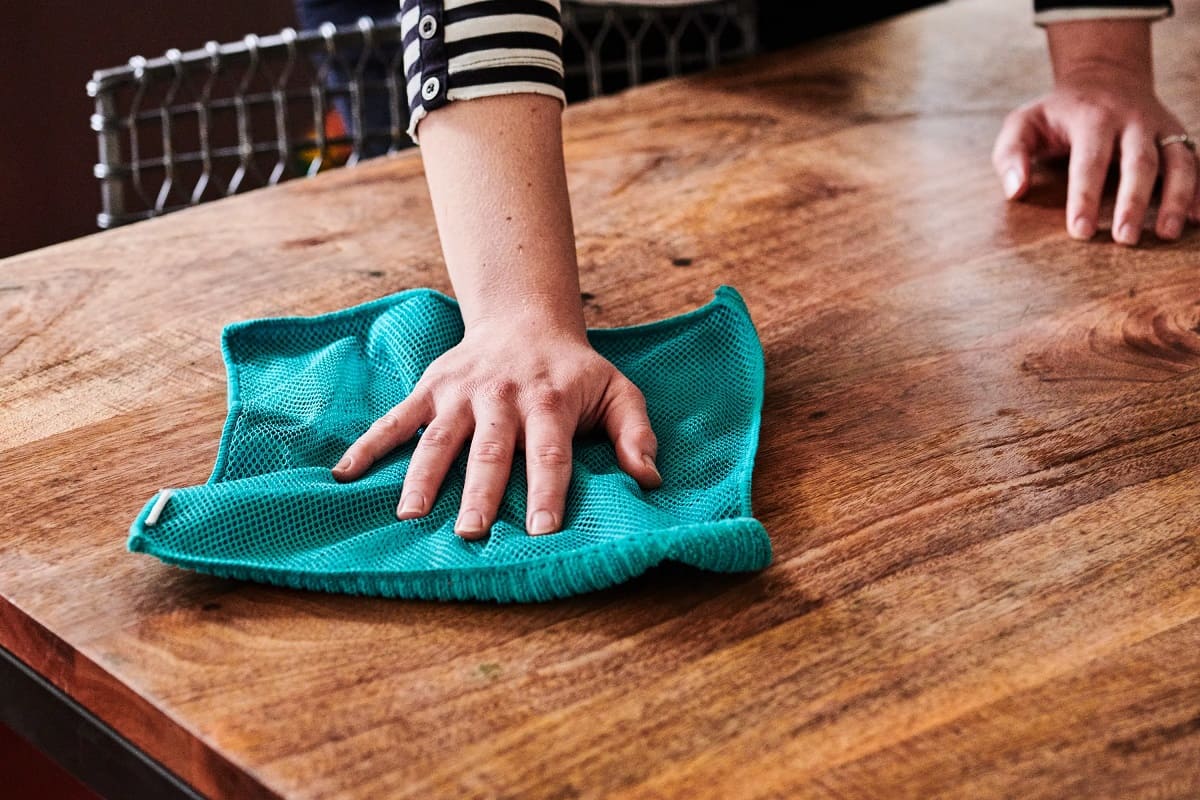

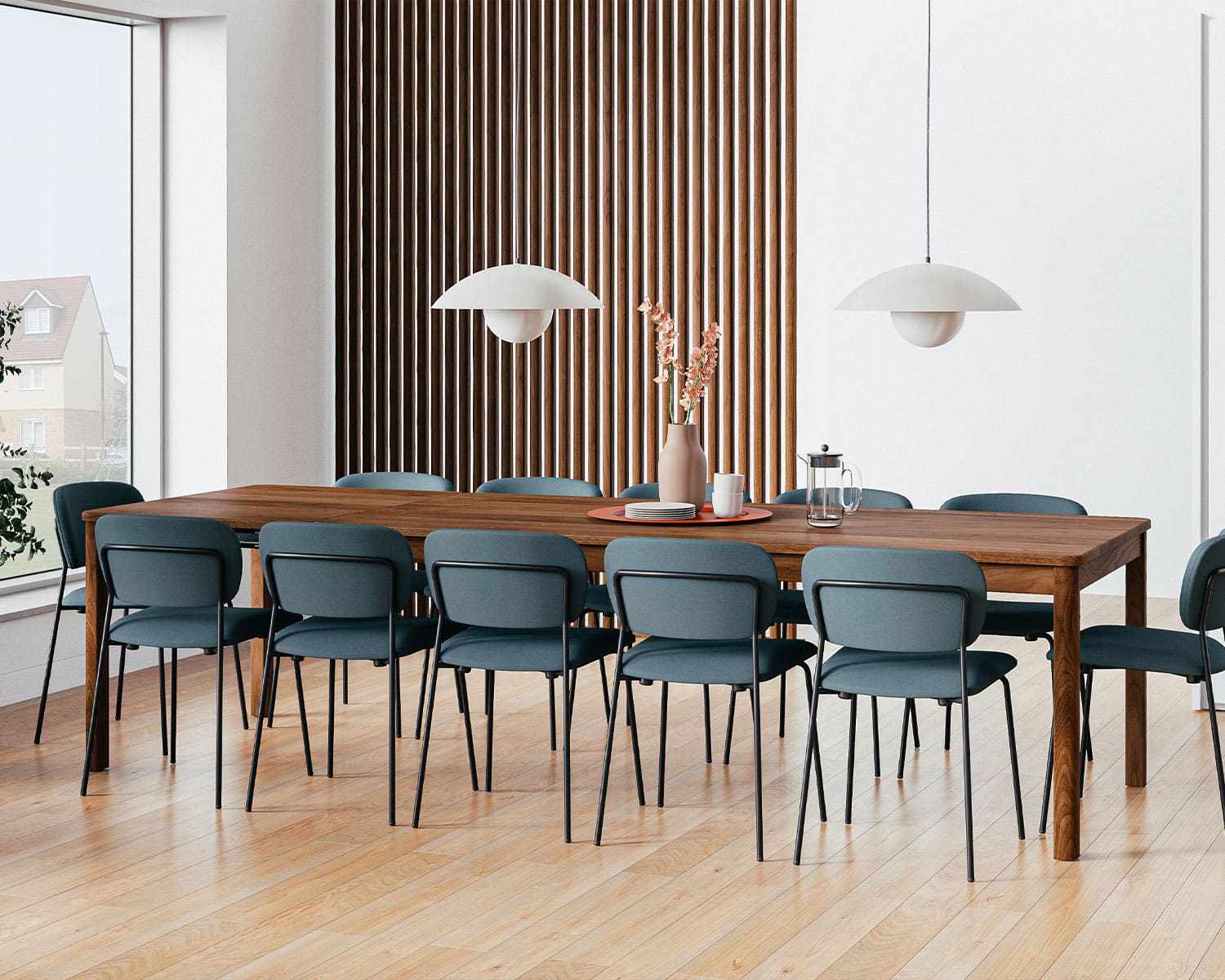
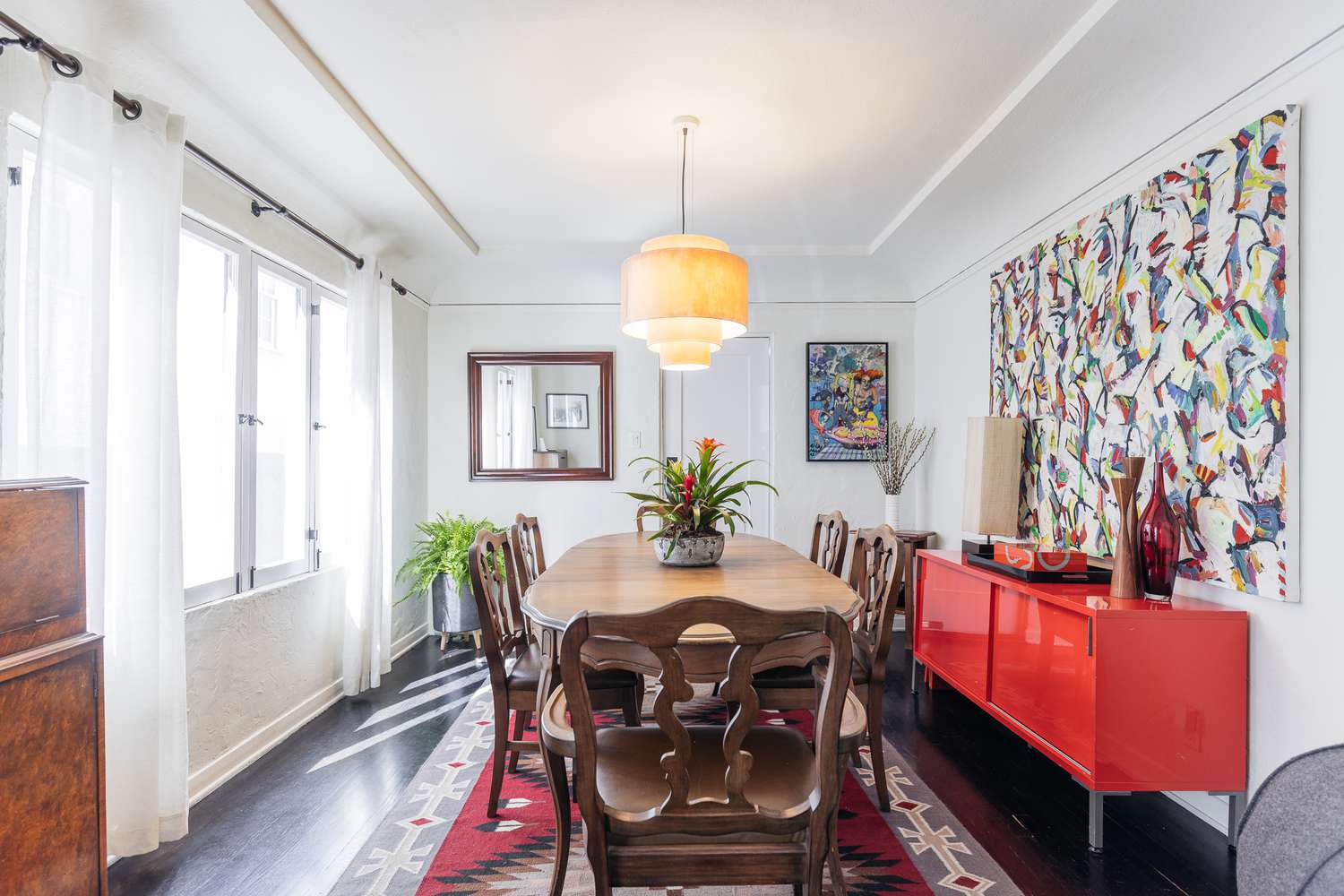



0 thoughts on “What Is A Dining Table Leaf?”